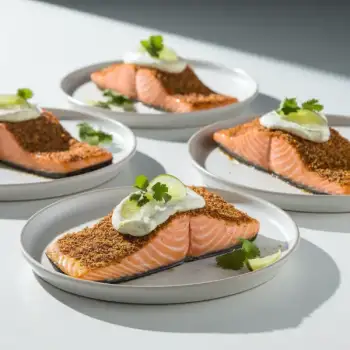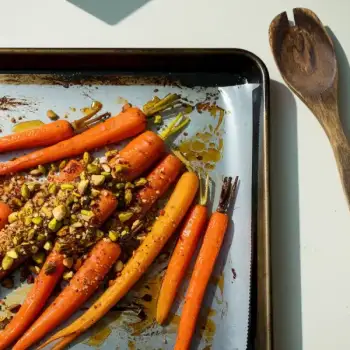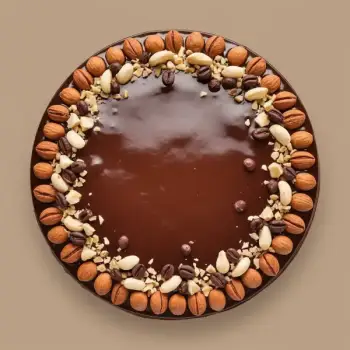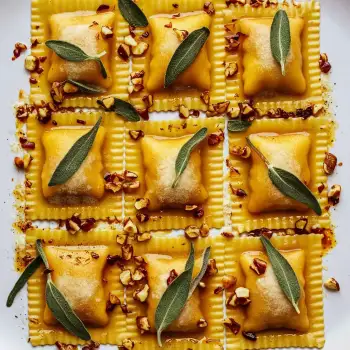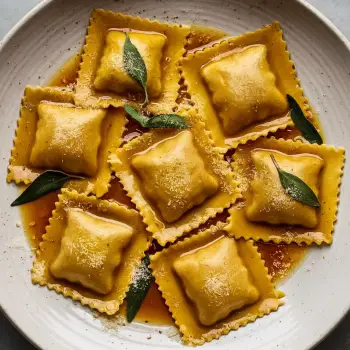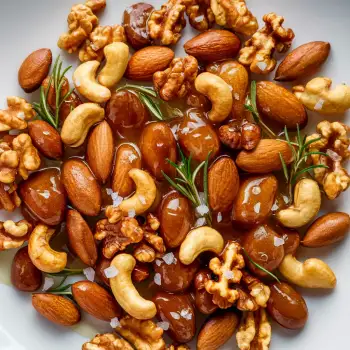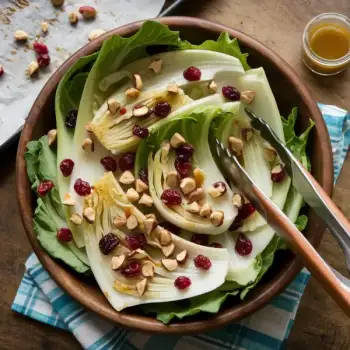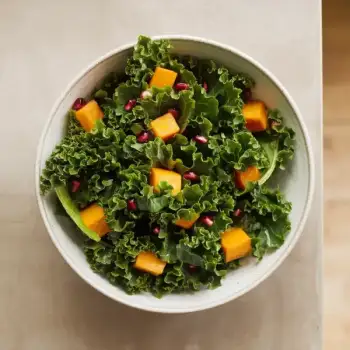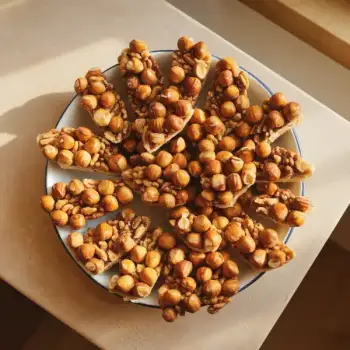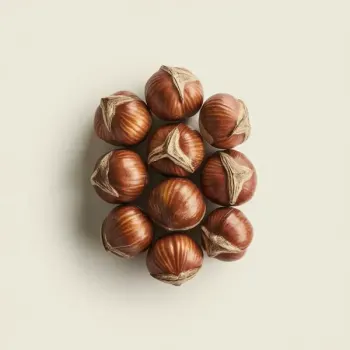


Oil
An oil extracted from hazelnuts, known for its strong, nutty flavor, used in dressings, baking, and cooking.
Paste
A smooth blend of hazelnuts, often combined with sugar and oil, used in spreads, confections, and some savory dishes.
Whole
Hazelnuts can be purchased whole, either raw or roasted, with their brown skins on. Whole hazelnuts are versatile and can be used in a variety of dishes.
Ground
Hazelnuts that have been ground into a fine meal or flour, used for baking and as a gluten-free flour alternative.
Chopped
Hazelnuts that have been pre-chopped into smaller pieces, convenient for baking and topping dishes where a crunchy texture is desired.
Roasted
Hazelnuts that have been roasted to enhance their flavor, available whole, chopped, or ground.
Blanched
These are whole hazelnuts that have had their skins removed, often preferred for baking and confectionery as they provide a smooth texture and appearance.




hazelnut oil: La Tourangelle
hazelnut paste: Nutella
whole and roasted hazelnuts: Kirkland Signature

Grinding: Grinding hazelnuts into a fine meal or paste is a common preparation for making baked goods or for use in sauces and spreads. When grinding, be cautious not to over-process, as the nuts can quickly turn into hazelnut butter due to their high oil content.
Toasting: Toasting hazelnuts intensifies their flavor and is typically done in the oven. Toasted hazelnuts can be used whole, chopped, or ground into a meal for various recipes. The key is to watch them closely to prevent burning, as nuts can go from perfectly toasted to burnt very quickly.
Blanching: Blanching hazelnuts involves boiling them briefly to loosen their skins, which can then be removed by rubbing. This technique is less common but can be used when a softer texture or milder flavor is desired.




